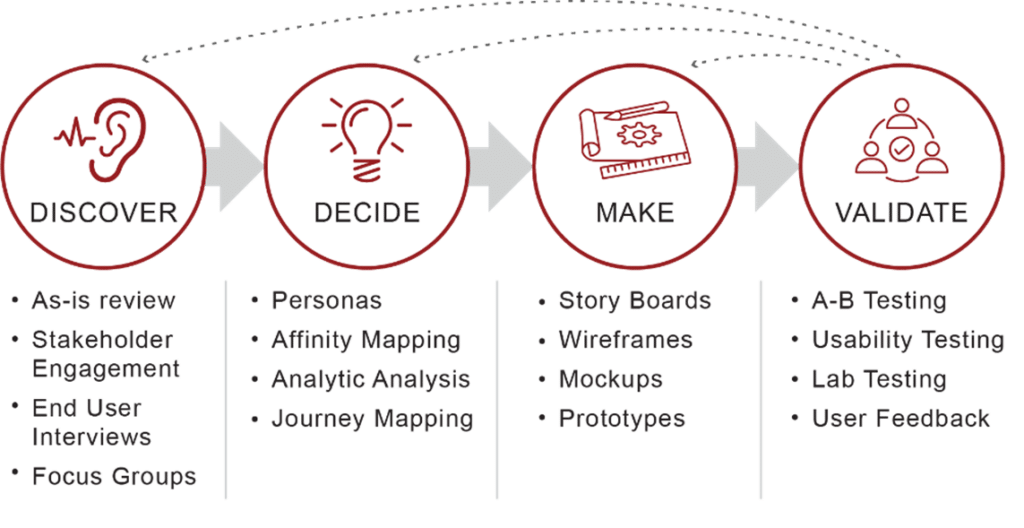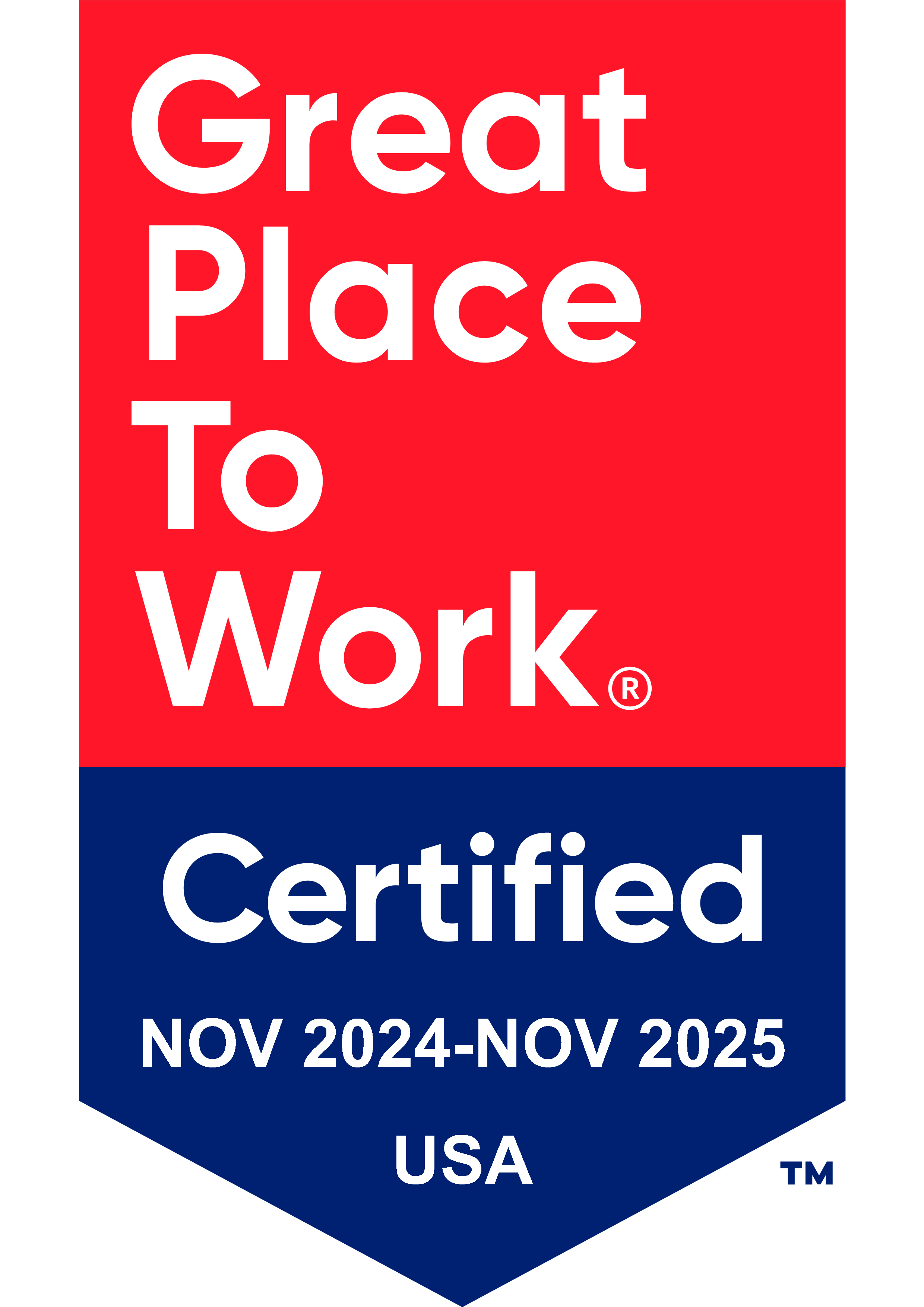In this time of low-code and no-code tools reducing barriers to automated workflow creation, many businesses are eager to adapt new processes that minimize the need for human intervention. While using automated processes is a valuable method to increase organizational efficiency, the old saying of “garbage in equals garbage out” can apply to automated workflows. This is because any algorithm can only execute the tasks for which it is programmed. Enabling our robot friends to increase business efficiency, requires programmers to understand how the business operates and what traditional human tasks are being replaced by automation. To design truly efficient automated processes, it is imperative to first understand and empathize with the human side of the workforce. At Analytica we support our Federal Government partners by combining business process automation and human centered design concepts to create solutions that increase efficiency.
As every task a person performs at work serves a purpose, we must actively engage with those individuals to learn why and how before we can automate any task. Failure to understand key metrics or critical outputs from work activities will result in a tool that, rather than reducing labor hours, ends up increasing them. At Analytica, we begin every business modernization effort using human-centered design (HCD) methods to gain deeper insight into the people behind the work. By engaging with these stakeholders through observation and direct conversations, we can identify the purpose of their roles and the pain points that hinder the execution of their responsibilities.
Solutioning with HCD
By following our HCD methods and engaging with key stakeholders, our team:
- Creates key artifacts such as workflow diagrams, responsibility matrix, and key performance indicators.
- Identifies pain points and areas of weakness.
- Documents key performance indicators (KPI).
- Defines opportunities to implement business process automation.
- Validates hypotheses on how to make a business more efficient.
- Include input from the people most familiar with how tasks are executed.
- Iterates and improves workflow.

Analytica’s Human Centered Design Process
The discovery from our HCD process defines a baseline of the as-is state to begin solutioning from. Analytica’s business process automation solution architects identify where automation can be incorporated to mitigate the known pain points. We collaborate with key stakeholders to design the future-state solution by leveraging opportunities uncovered through resolving pain points and aligning with business KPIs.
Results
When designing and implementing automated workflows, our goal is to enable our partners to execute their duties more efficiently. We do not look to replace the valued people who perform critical tasks serving citizens and agency missions. When implementing automation, we follow human-in-the-loop methods that allow people to add insights, perform quality assurance, and make critical decisions to keep processes moving forward down the right path. By alleviating the burden on skilled workers through the removal of repetitive, routine tasks, we foster a work environment where people can thrive and dedicate their time and expertise to solving more complex, high-impact challenges. This is how business process automation and human centered design concepts work together to create more efficient workforces.
 Justin Bell | 6/23/2025
Justin Bell | 6/23/2025

